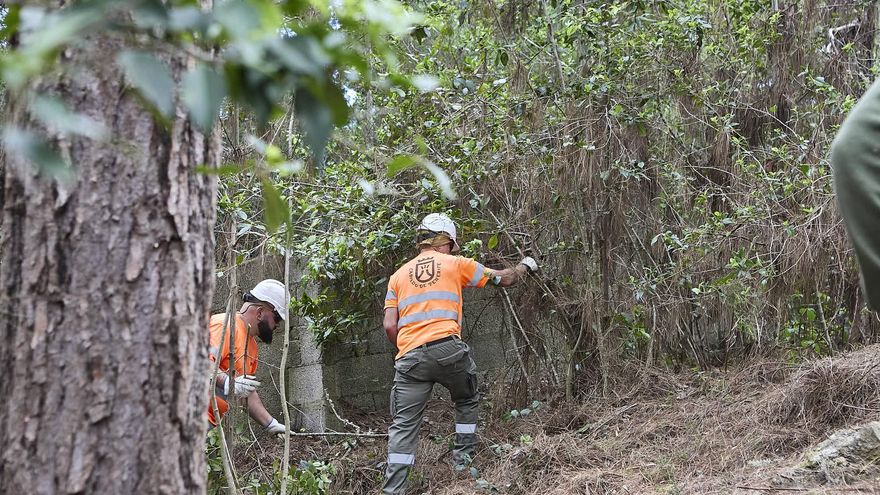
The Cabildo de Tenerife has launched an Intervention and Control Plan for Eucalyptus in sensitive regions of Medianías on the island, adjacent to homes and bordering the mountain, with the aim of minimising Risks associated with forest fires and ensuring public safety. This initiative is part of the Medianías Plan for Tenerife and targets specific land areas that host substantial populations of this tree species. An island corporation provides services to manage private lands.
Actions
Blanca Pérez, the insular councillor for natural environment, sustainability, security, and emergencies, emphasises that “the Tenerife Medianías Plan encompasses various actions to prevent forest fires and protect the safety of individuals and properties, predominantly homes. The management of extensive tracts populated by eucalyptus is key, given their high flammability, which poses a forest fire risk in the periphery areas adjoining the mountains.” Pérez notes that “the Tenerife Medianías Plan serves as a crucial tool, integrating diverse initiatives such as the restoration of thermophilic forests, clearing abandoned lands and orchards, encouraging agricultural and livestock activities, and enhancing landscape values.”
Elimination
Island president Rosa Dávila highlights: “Within the Medianías Plan, the Cabildo de Tenerife will take steps to eradicate an invasive species, namely eucalyptus.” She further states that “these trees can reignite fires amidst existing blazes, and our plan focuses on interface zones where over 250,000 residents live in Tenerife.” Dávila clarifies that “it is in these higher areas where we are working to clear the surroundings of homes, ensuring their safety and replacing this type of vegetation.” The president concludes: “These are non-native invasive species that also contribute to combustion during fires, and we will substitute them with indigenous alternatives.”
Invasive
Eucalyptus is a significant tree that was introduced to Tenerife in the mid-nineteenth century for medicinal and ornamental uses along road gutters. However, it surged in popularity for industrial purposes during the 1940s, particularly in areas occupied by Monteverde. It has since become naturalised and evolved into an aggressive invasive species that is challenging to eliminate. These trees, recognised for their rapid growth, contain highly flammable essential oils, a factor that facilitates the rapid spread of fire if it occurs in at-risk zones.
Plan
The ‘Tenerife Medianías Plan for fire prevention and the enhancement of natural and agricultural biodiversity’ aims to bolster the safety of residents living in the island’s highest risk areas. It is backed by a budget of €2.9 million and has a three-year execution period. The primary objective is to tackle forest fires—mainly through reducing plant fuel loads—and to enhance natural and agricultural biodiversity by establishing ‘Biodiversity Shelters’ within properties.
















